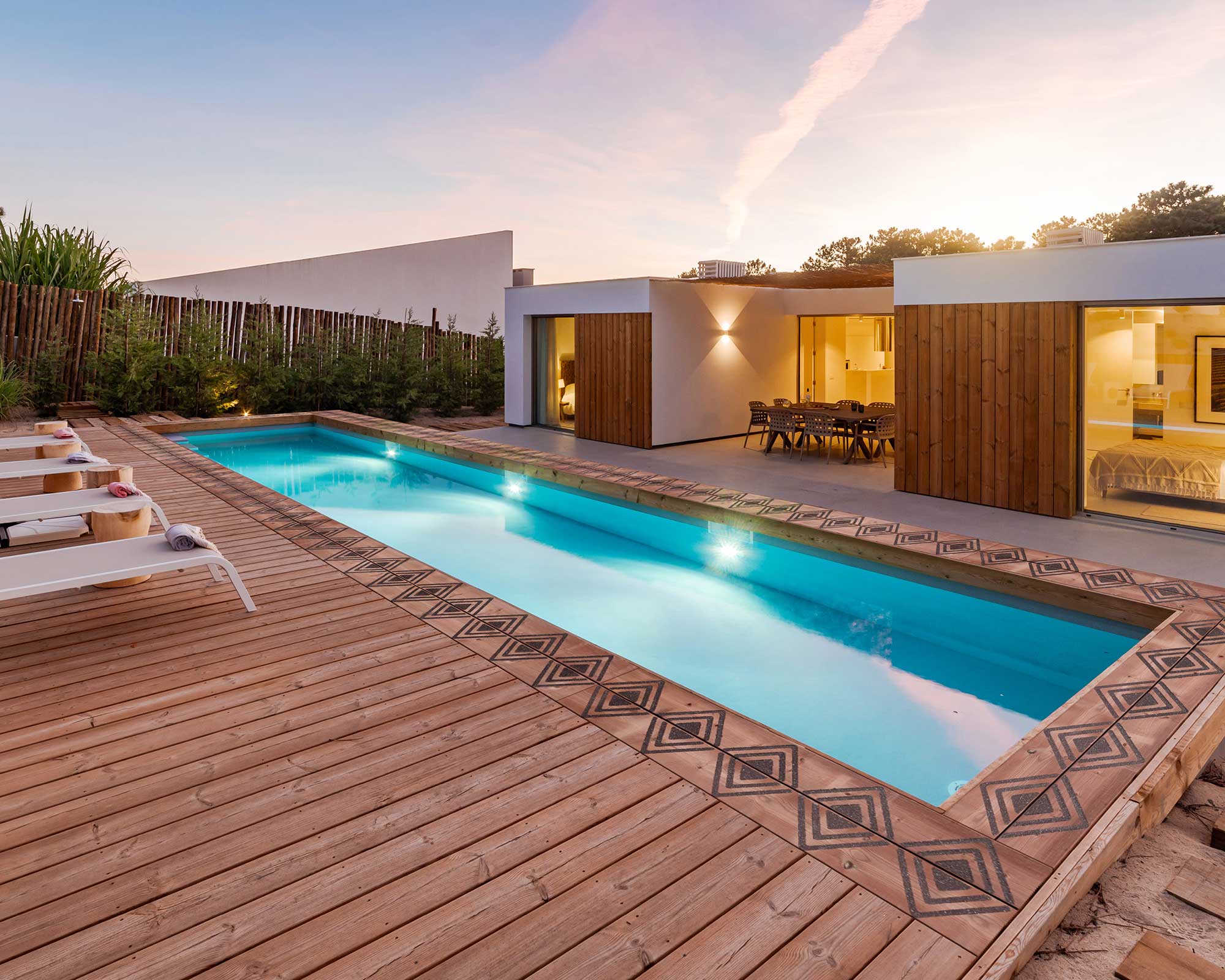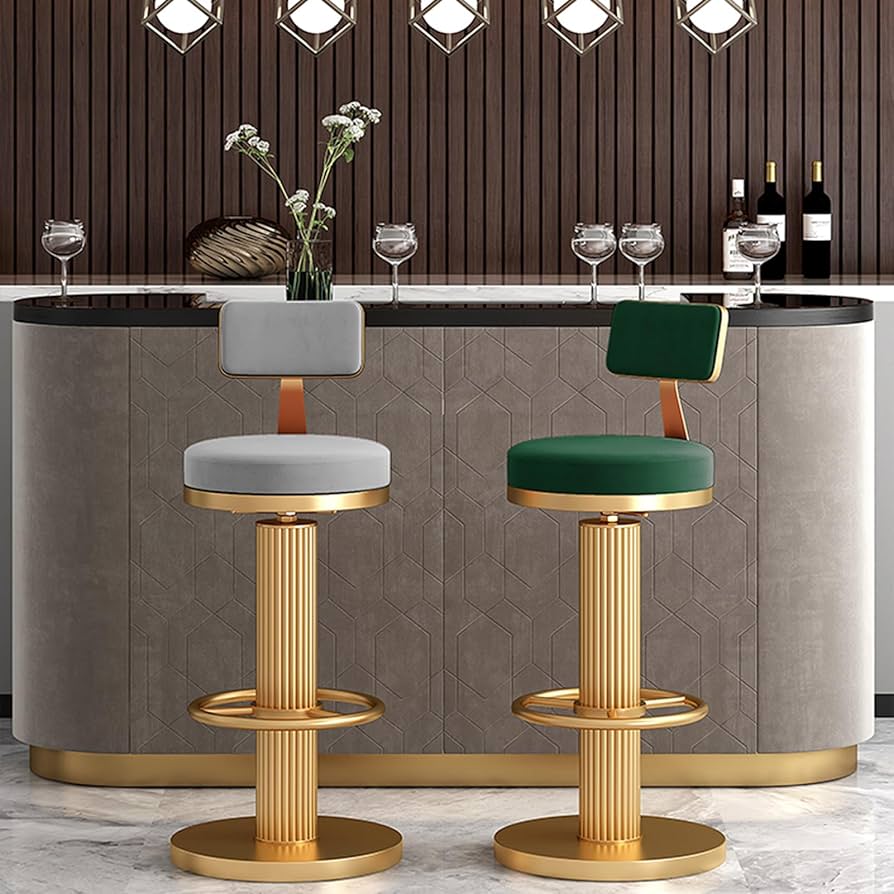Popular Hotel Design Styles in Vietnam
Thứ 6, 15/08/2025
Administrator
109
Vietnam’s hospitality industry is growing rapidly, leading to a diverse demand for interior design that meets the preferences of travelers. From the grandeur of classic luxury to the refined simplicity of minimalism, each style carries its own distinctive charm. In this article, Ngoc Hoang Anh introduces the most popular hotel design styles in Vietnam today.
1. Classic Style
Known for elegance, sophistication, and grandeur, the classic style often features fine hardwood furniture, elaborate moldings, and warm color palettes. It is a popular choice for luxury hotels, especially in cities rich in history and culture.
Key characteristics:
-
High ceilings and crystal chandeliers: Create a sense of spaciousness and opulence from the moment guests enter.
-
Handcrafted wooden furniture: Often made from walnut, oak, or mahogany for durability and refined beauty.
-
Intricate European-inspired details: Found in moldings, staircase railings, mirror frames, and decorative pieces, adding an artistic touch.
This style is particularly suited to 4–5-star hotels in Hanoi, Hue, and Da Lat, where the architecture and landscapes harmonize with a timeless aesthetic.
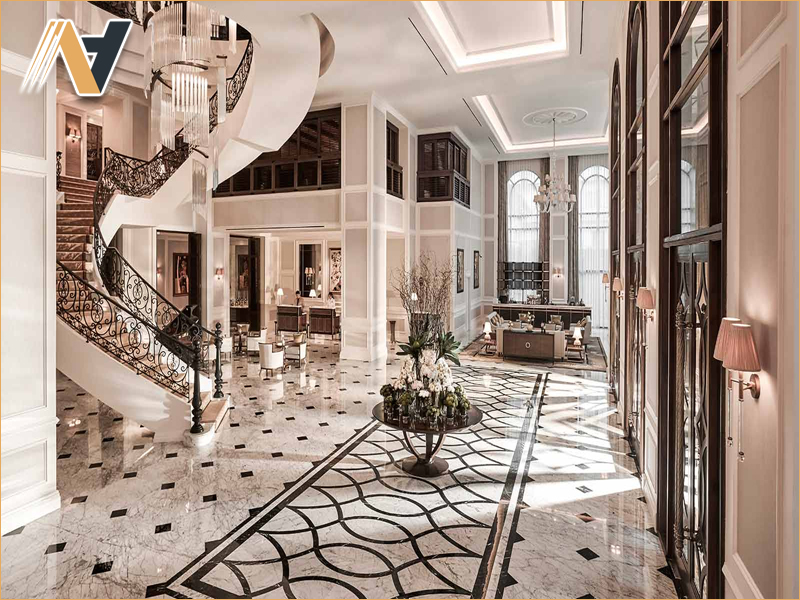
2. Modern Style
Modern style emphasizes comfort, clean lines, and open spaces, creating an airy and flexible atmosphere. Common materials include glass, steel, and high-quality engineered wood, achieving a balance between aesthetics and functionality.
Advantages and popularity factors:
-
Offers a fresh, youthful appeal for a wide range of guests
-
Simplified design allows for easy maintenance and cleaning
-
Flexible layouts adaptable to evolving trends
-
Keeps the hotel looking contemporary and attractive over time
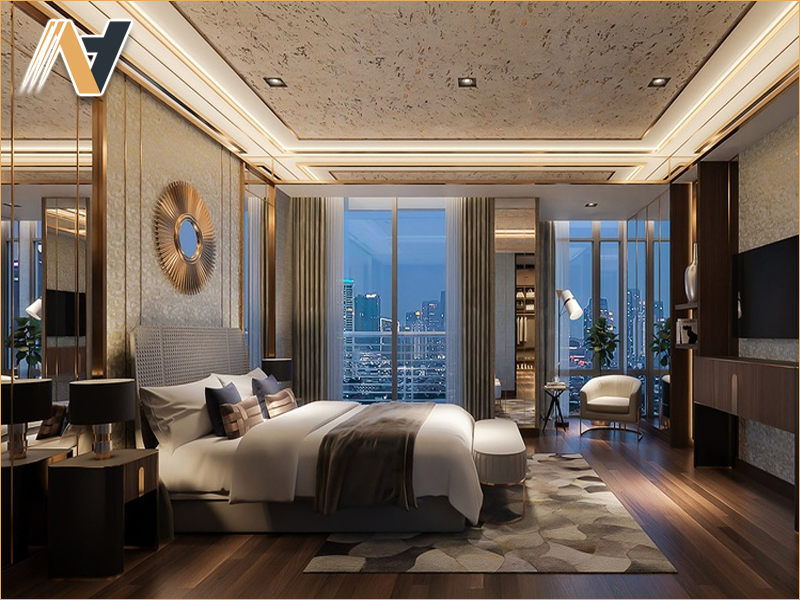
3. Minimalist Style
Based on the “less is more” philosophy, minimalist style removes unnecessary details and focuses on the balance between form and function. Natural light, spacious layouts, and soft color tones are key elements that create a relaxed yet sophisticated atmosphere.
3.1 Distinctive Features
Neutral colors like white, beige, and gray are paired with natural light to open up the space. Furniture is carefully selected in limited quantities but with maximum functionality. Clear, uncluttered lines maintain a clean and organized appearance.
3.2 Common Applications
-
Beach resorts: Open spaces facing the sea, streamlined interiors to highlight natural surroundings.
-
Urban boutique hotels: Maximized use of limited space while maintaining elegance and comfort for business or short-stay travelers.
-
High-end mountain homestays: Use of natural materials and designs in harmony with the landscape for a close-to-nature experience.
3.3 Keys to Success
Minimalism succeeds when simplicity is balanced with aesthetics. The focus should be on high-quality furniture, consistency in color and materials, and subtle accents such as art, unique lighting, or unusual textures that make the space memorable without disrupting the clean look.
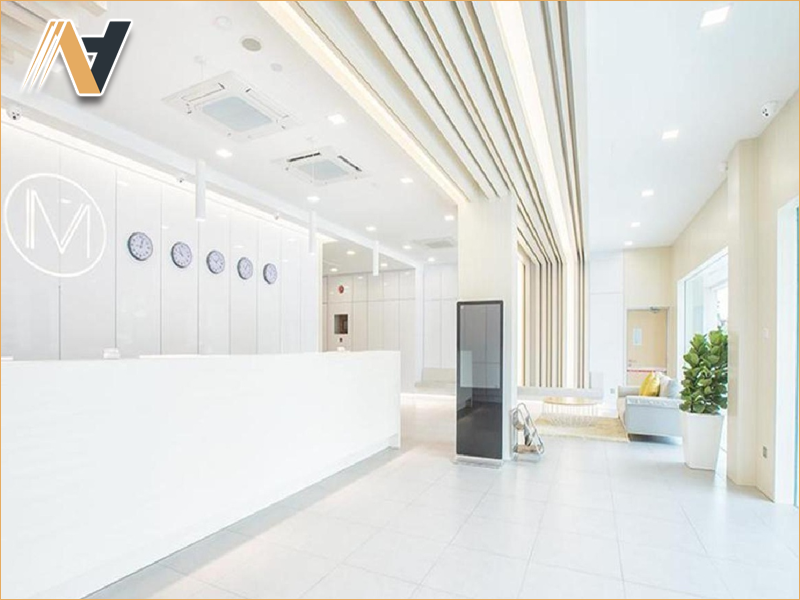
4. Contemporary Asian Style
A fusion of tradition and modernity, this style delivers warmth and sophistication. It uses natural materials such as wood, bamboo, and rattan, paired with streamlined design, to create harmony between cultural elements and international comfort.
4.1 Design Characteristics
Dark wood furniture adds depth to the space, complemented by warm lighting for a cozy feel. Decorative patterns are often inspired by local culture, such as lotus motifs, water waves, or traditional geometric shapes, applied with restraint to maintain simplicity.
4.2 Real-World Example
A luxury resort in Hoi An integrates traditional red-tiled roofs and large wooden-framed windows with open spaces facing gardens. Dark wood interiors, silk fabrics, and lanterns create a familiar atmosphere, while modern amenities like luxurious bathtubs, king-sized beds, and smart control systems are subtly incorporated.
4.3 Why It Fits Vietnam
With its rich cultural heritage and abundant natural materials, Vietnam is ideal for contemporary Asian style. This design aligns with experiential tourism trends, where guests seek not only rest but also authentic cultural immersion in every detail.
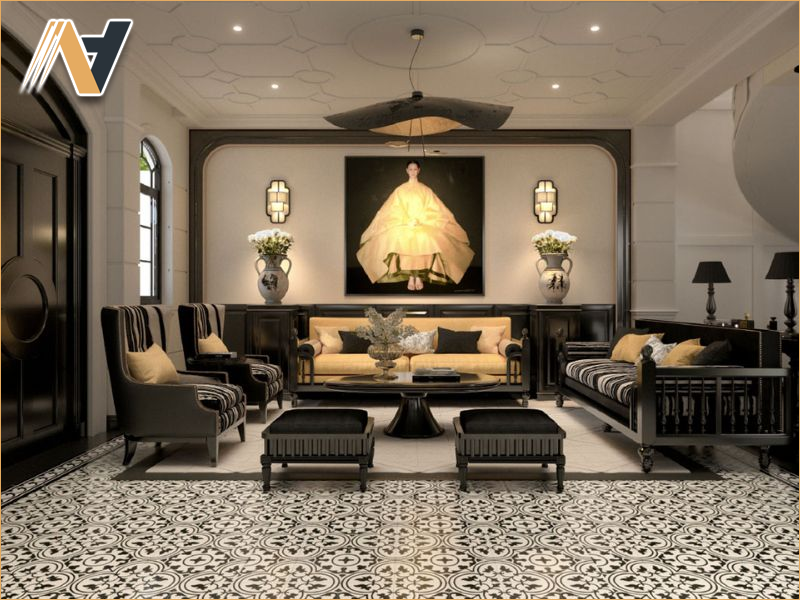
5. Tropical Style
Tropical style captures the essence of the sea and nature, aiming for openness, freshness, and relaxation. Bright colors, rattan and bamboo furniture, and lush greenery bring the environment indoors, creating an authentic resort feel.
5.1 Signature Spaces
Designs often feature open balconies to catch sea breezes, wooden ceiling fans, and light-colored curtains to optimize natural light. Interiors use rattan, natural wood, and cotton or linen fabrics to enhance ventilation. Views of the ocean or tropical gardens are essential for guest enjoyment.
5.2 Application in Vietnam
This style is especially suited to coastal resorts from Da Nang and Nha Trang to Phu Quoc. Regions with year-round warm climates and diverse natural landscapes offer ideal conditions for tropical design, which both showcases local beauty and meets international visitor preferences.
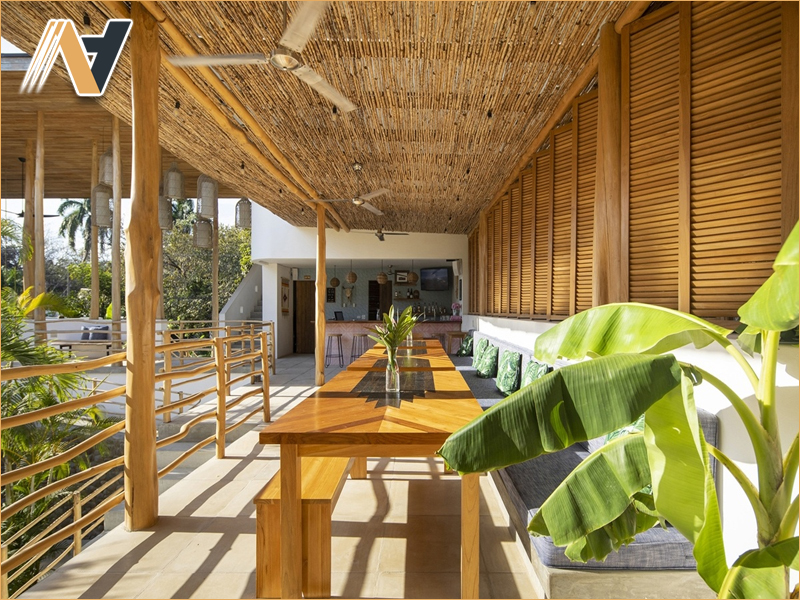
6. Conclusion
Each hotel design style offers a unique experience suited to specific guest segments and project locations. With expertise in Vietnam hotel furniture OEM, Ngoc Hoang Anh partners with investors to transform design concepts into reality through high-quality, customized hotel interiors. Contact us today for tailored advice and optimal solutions for your project.
-----
NGOC HOANG ANH TRADING COMPANY LIMITED
Tax Code: 3702874413
Address: No. 288/28/10 Huynh Van Luy Street, Zone 7, Phu Loi Ward, Ho Chi Minh City, Vietnam
Warehouse: No. 1/91, Thuan Giao 02 Street, Binh Thuan 2 Residential Quarter, Thuan Giao Ward, Ho Chi Minh City, Vietnam
Phone/Whatsapp/Wechat: +84342076666
Email: info@ngochoanganh.com.vn

